Listen to the Walls: Stories of London's Advertising Past
Hear the stories of seven brilliant London ghost signs, as told by Sam Roberts, aka Mr Ghostsigns.
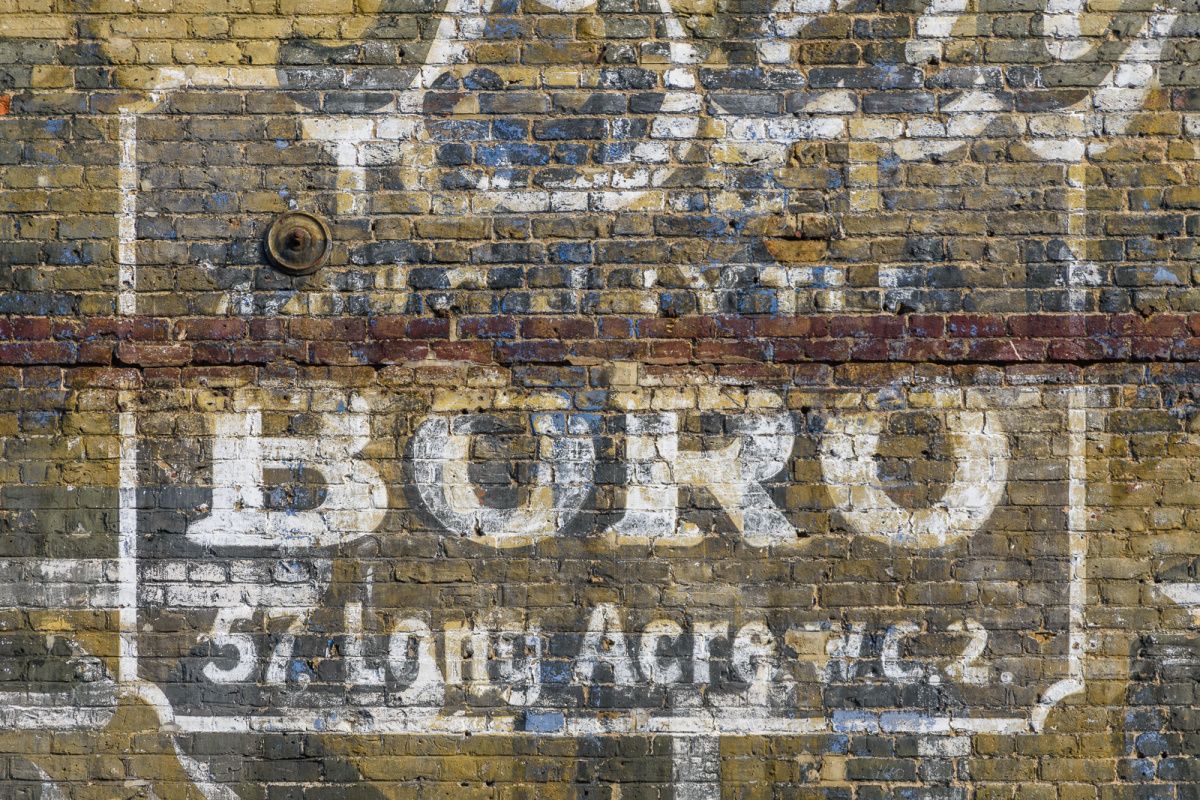
This month marks two years since the publication of Ghost Signs: A London Story. This was my major lockdown project, and I still have to pinch myself when I hold the book in my hands.
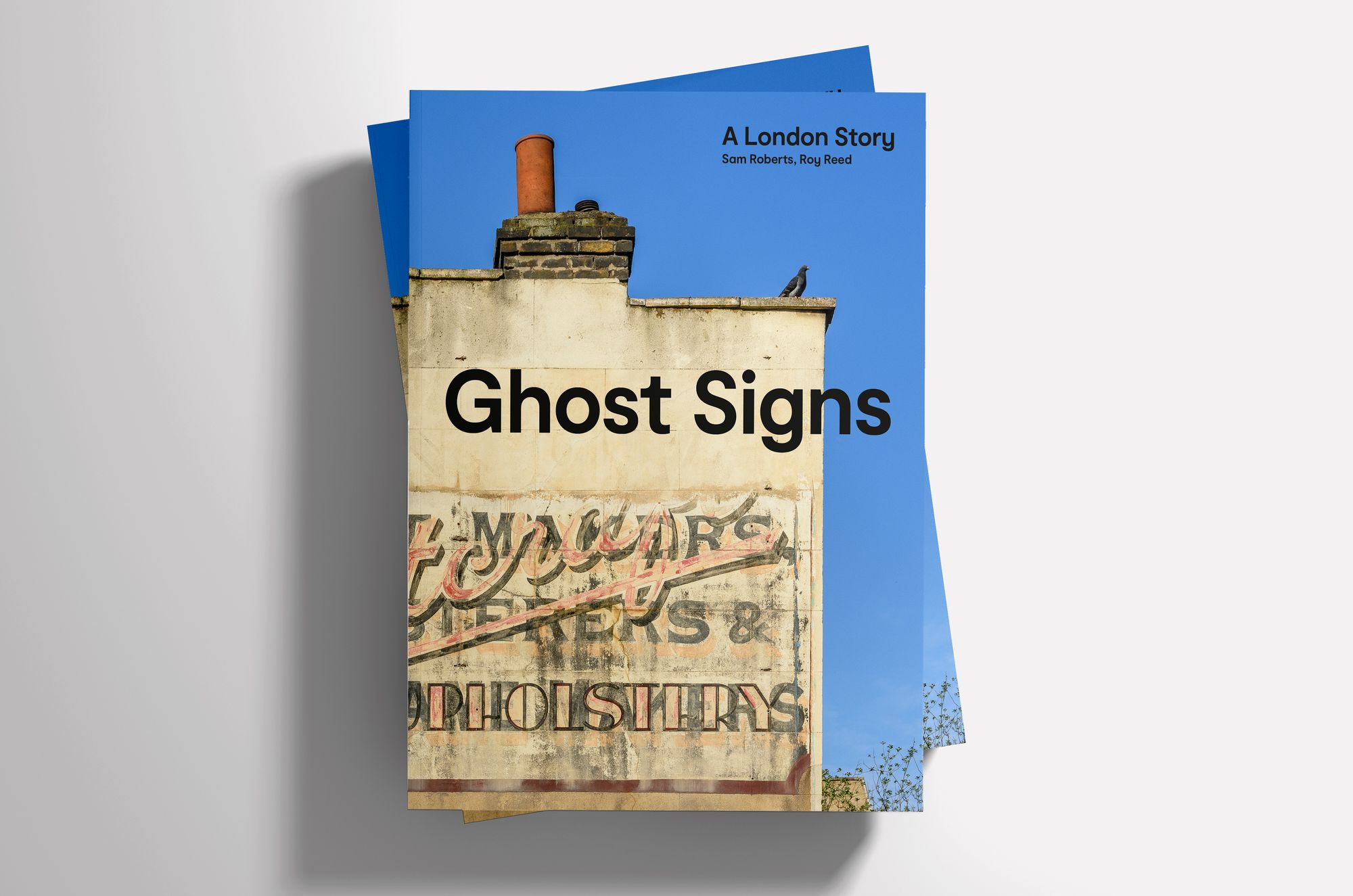
The research underpinning the book's 250+ ghost sign stories was informed by the three London walking tours I'd previously developed. When I moved to Spain in 2019, I reimagined these in audiovisual form for on-street or remote access. You can get a taster of these via the seven featured ghost signs below.
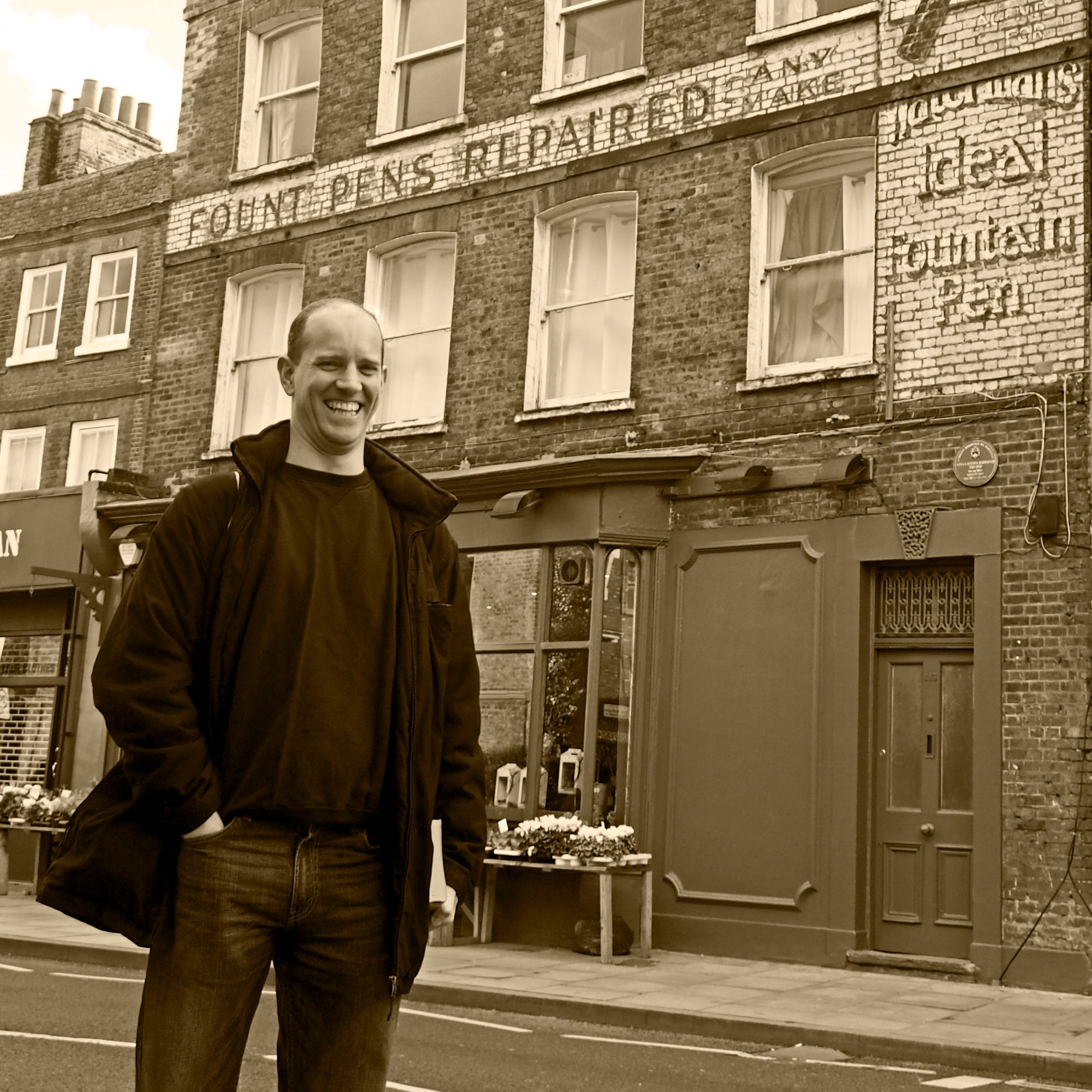
If you want more, from these and the dozens of ghost signs across the three walks, then they are available on the Ghostsigns website, with the Clapham one completely free to access.
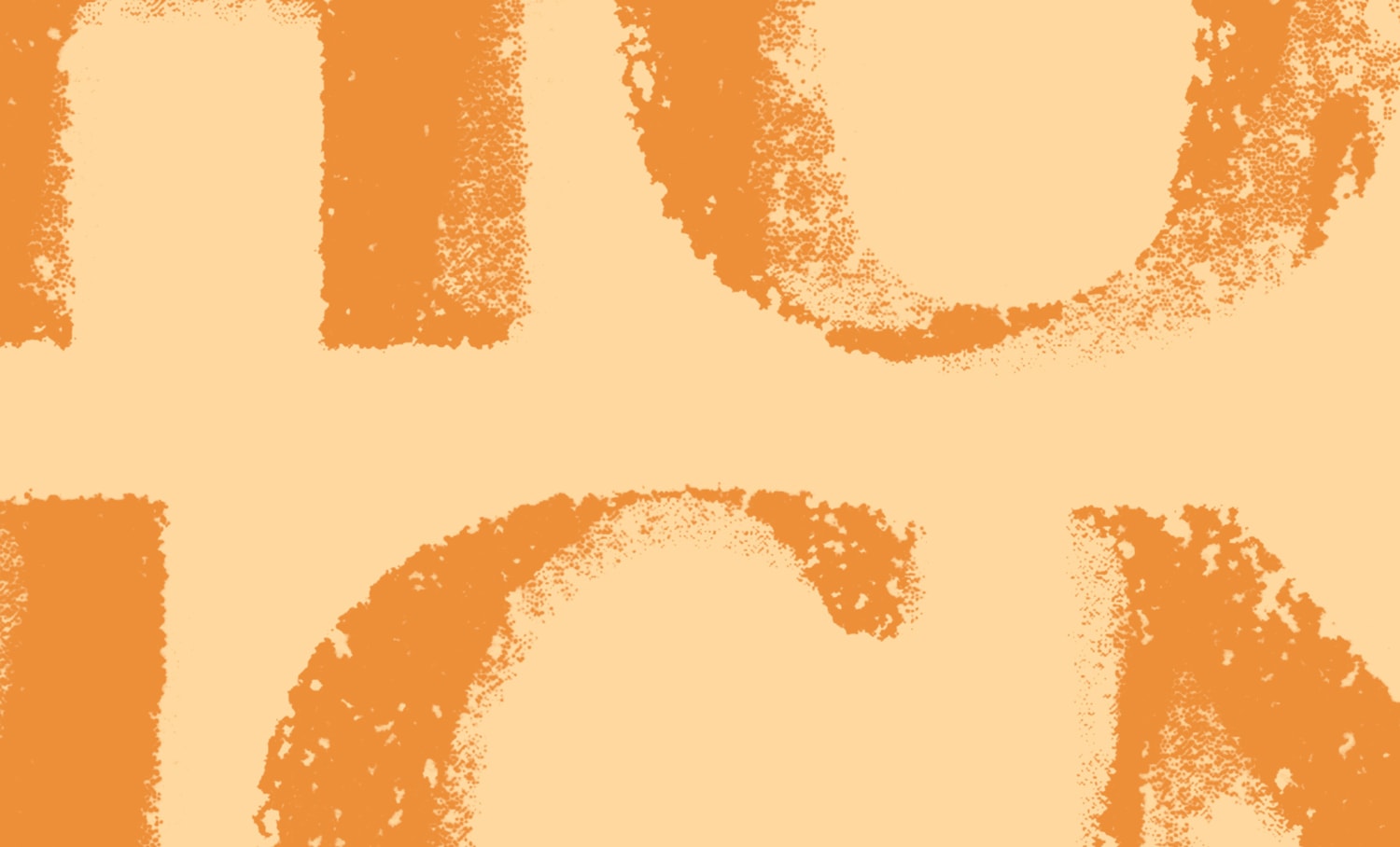
The Ghost Signs
The digital walks give detailed location information for each stop, including google streetview links for those accessing them remotely. Additional contemporary and archival images are also included alongside transcriptions for the signs and, in some cases, reconstructions to visualise how they may once have looked.
While most these signs also feature in the book, the digital walks go a bit deeper into their stories, as well as including ghost signs that couldn't fit into that publication's 320 pages.
Waterman’s/Walker Bros
This was the ghost sign that started it all for me, and features on the Stoke Newington Ghostsigns Walk.
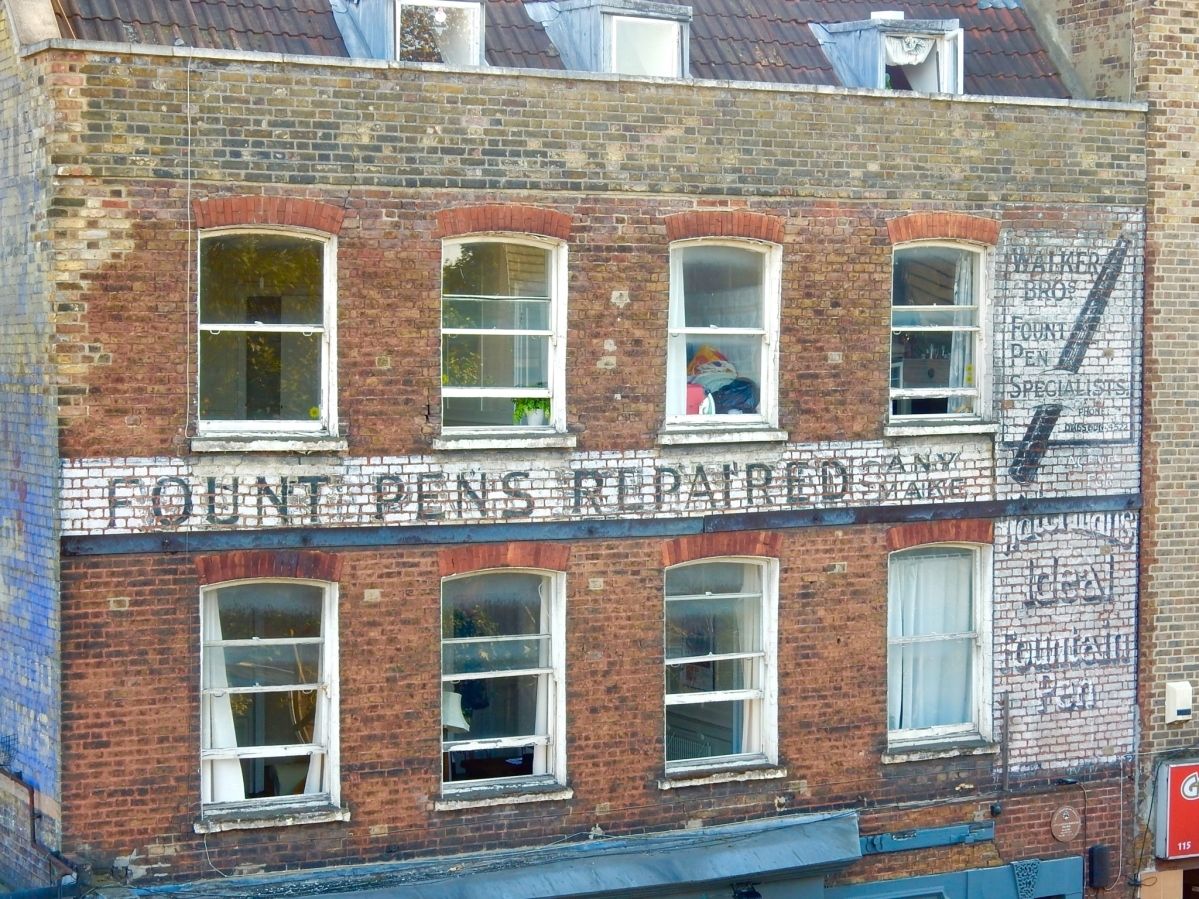
This Waterman’s privilege was hosted by their agents, the brothers Frank and Herbert Walker. They took over the stationery shop here in 1924, and remained until 1941. Waterman’s stopped marketing their ‘ideal’ fountain pen in 1927, which dates the sign to the mid 1920s.
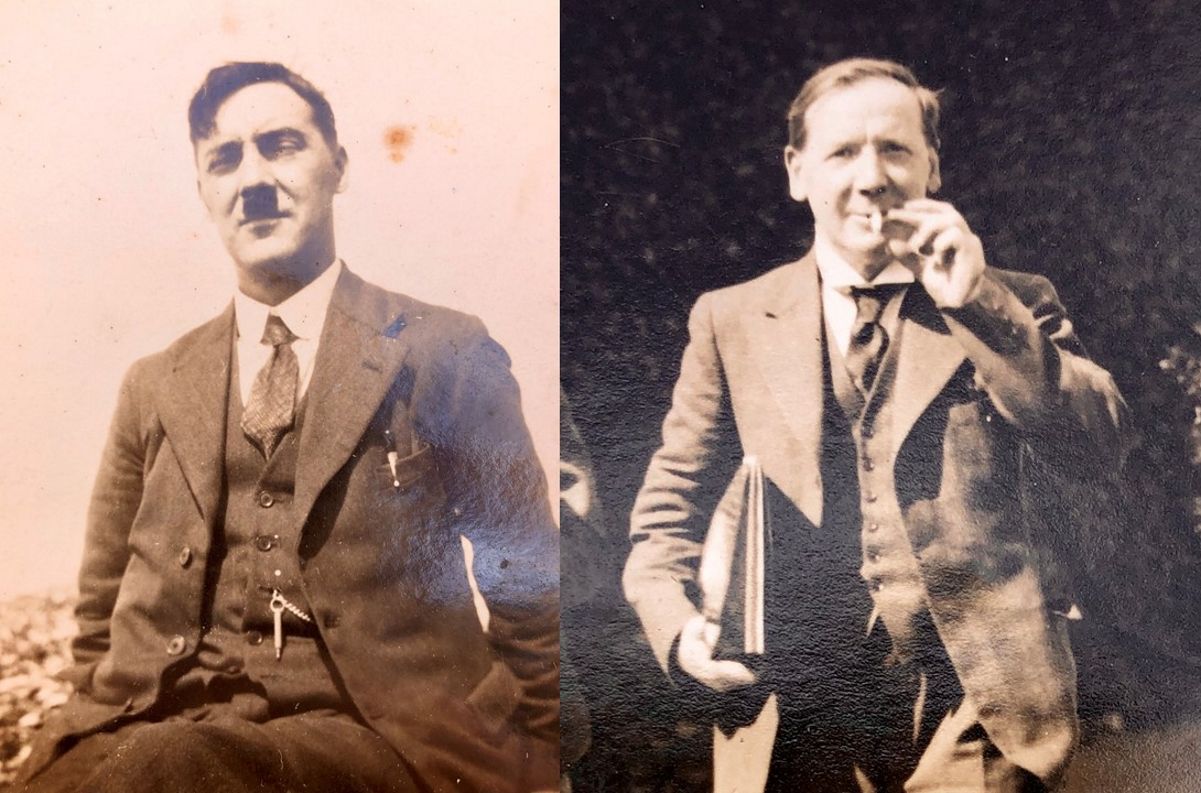
The original execution had different text on the horizontal strip (‘We Repair Fount Pens’) but this was later amended. Although the newer version looks less accomplished, the lettering originally had a thin white outline. This meant that the signwriter could be a bit rougher with the black, knowing that they’d come back afterwards and clean it up with the white.

In 2012, this sign was added to the Local List at Hackney Council in recognition of its local significance, and its aesthetic and artistic merit. While this gives the sign some protection, more important is that the current owner loves the sign and has no intention of harming it. Its northerly orientation is also in its favour as the sign heads towards its centenary.
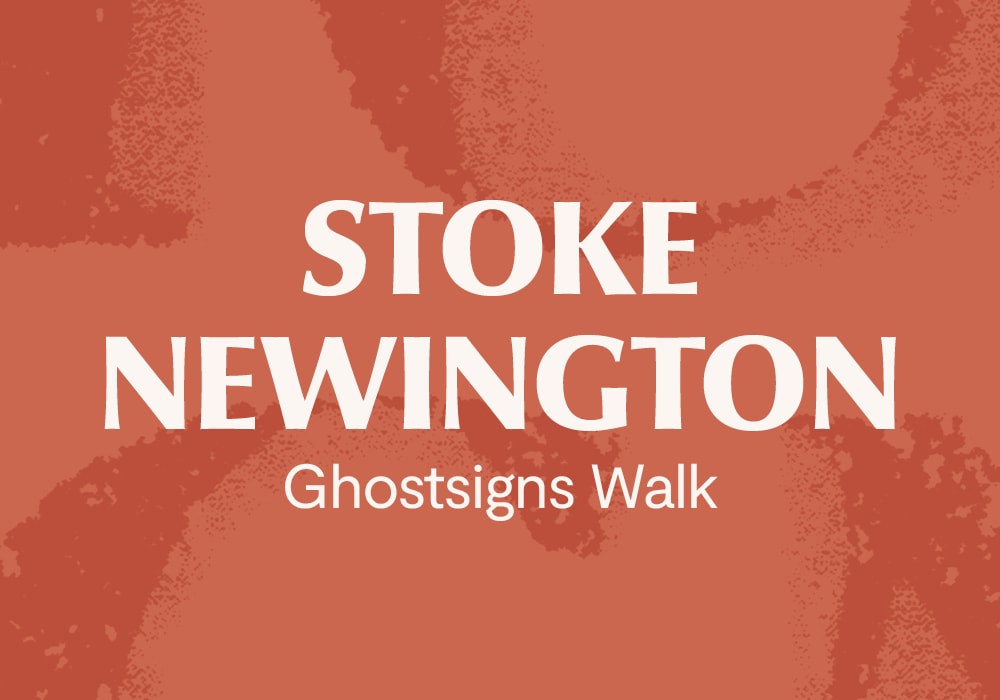
United Dairies
This is starting point for the (free) Clapham Ghostsigns Walk, which has four brilliant bonus stops at the end.
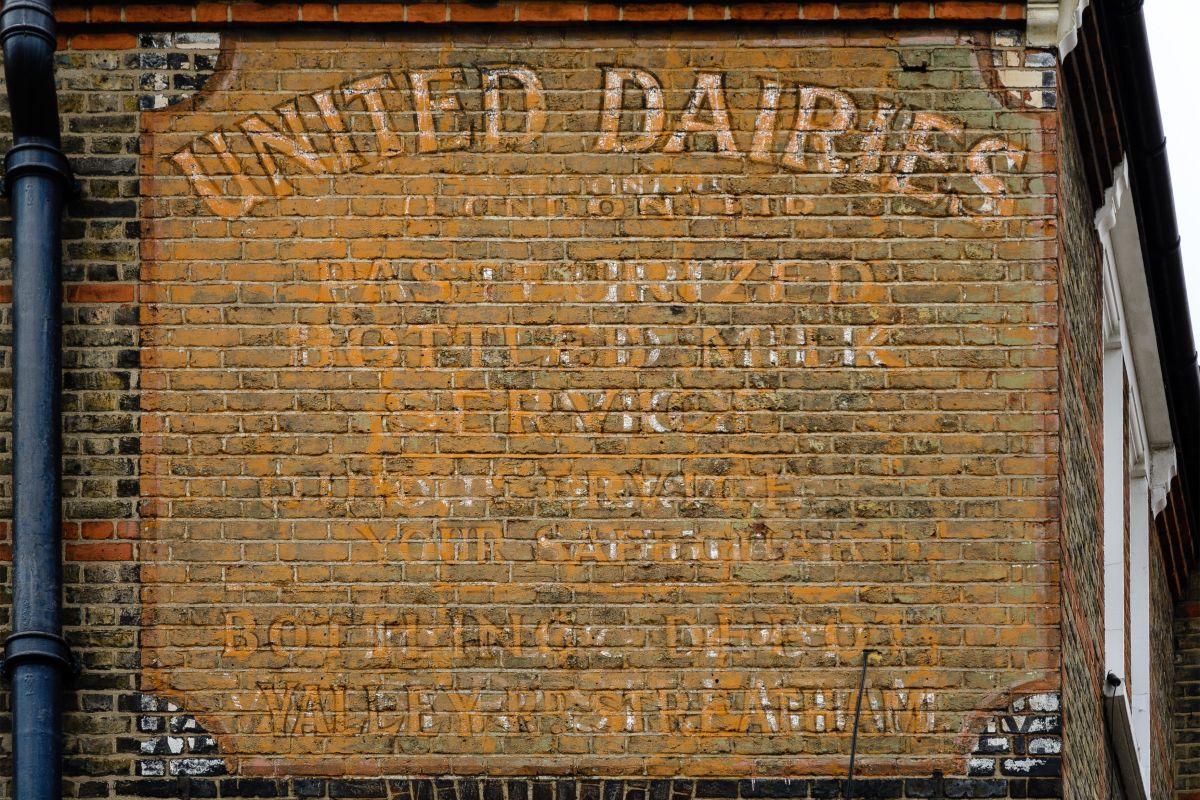
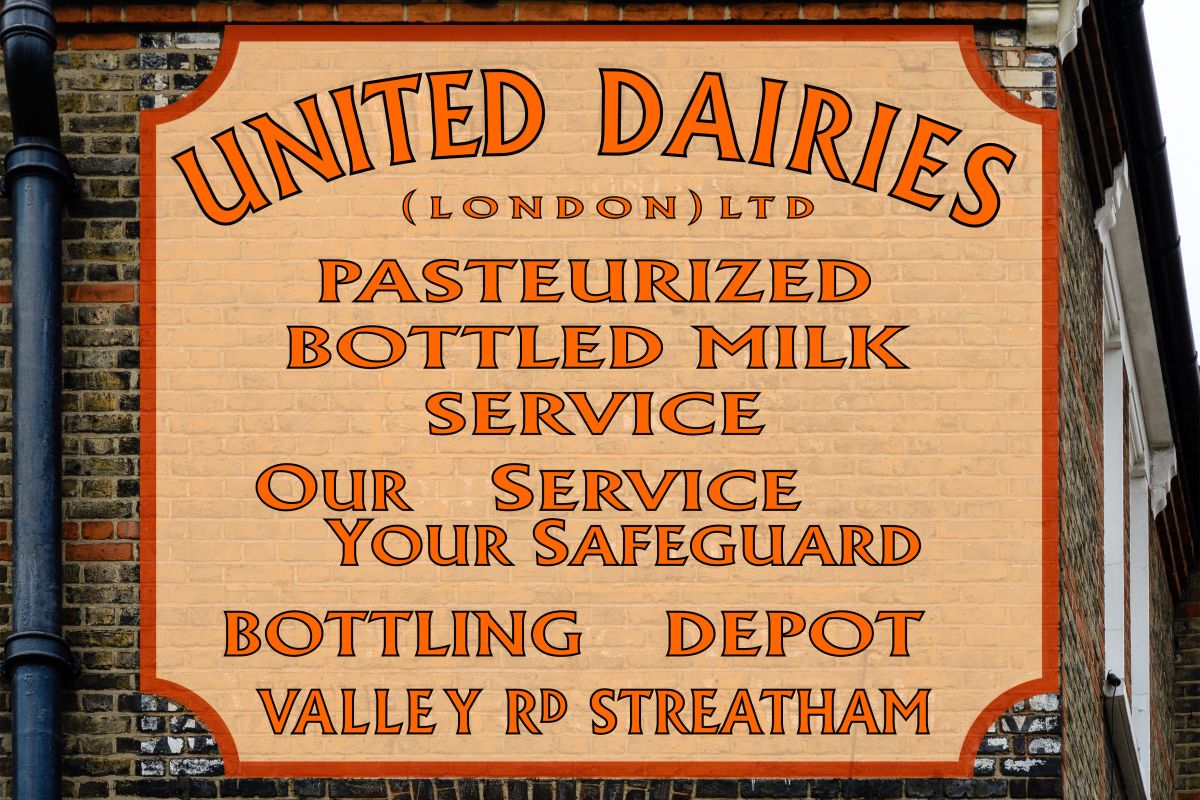
The ghost sign, and a reconstruction of the most prominent layer. United Dairies, Hubert Grove (corner of Landor Road) SW9. Photo/Reconstruction: Roy Reed.
United Dairies was formed by the merger of three big London dairies in 1915, in response to shortages of men, horses and vehicles during the First World War. It took over the Adams, John & Co. dairy here during the 1930s and supplied it from its Streatham bottling depot.
The company was a pioneer in the development of pasteurised milk, which grew rapidly in the 1920s. The ‘safeguard’ messaging here conveys the benefits of this technology, echoing the ‘hygienic’ claims made by bakery signs from the same era.

The sign has been painted twice with an almost identical layout but its scalloped corners reveal that it covers an older black and white sign. It’s likely that this wasn’t covered in its entirety due to the signwriter working from artwork that included the clipped corners.
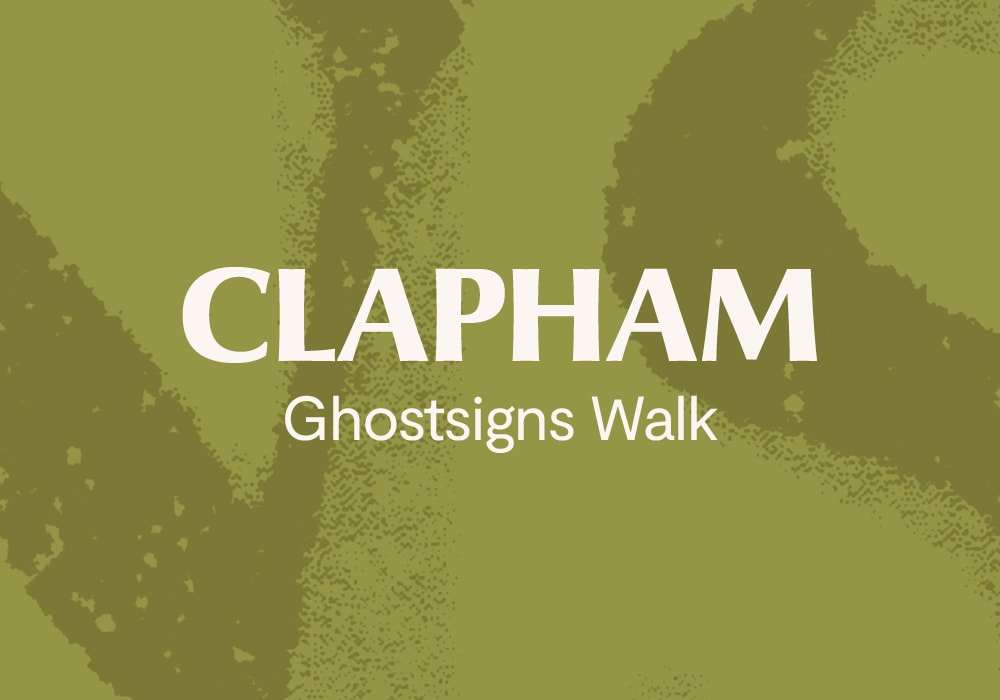
Take Courage
This is perhaps the UK's most photographed ghost sign, being located next to the popular Borough Market tourist spot. It's at the midpoint of my Bankside Ghostsigns Walk, and has many points of interest.
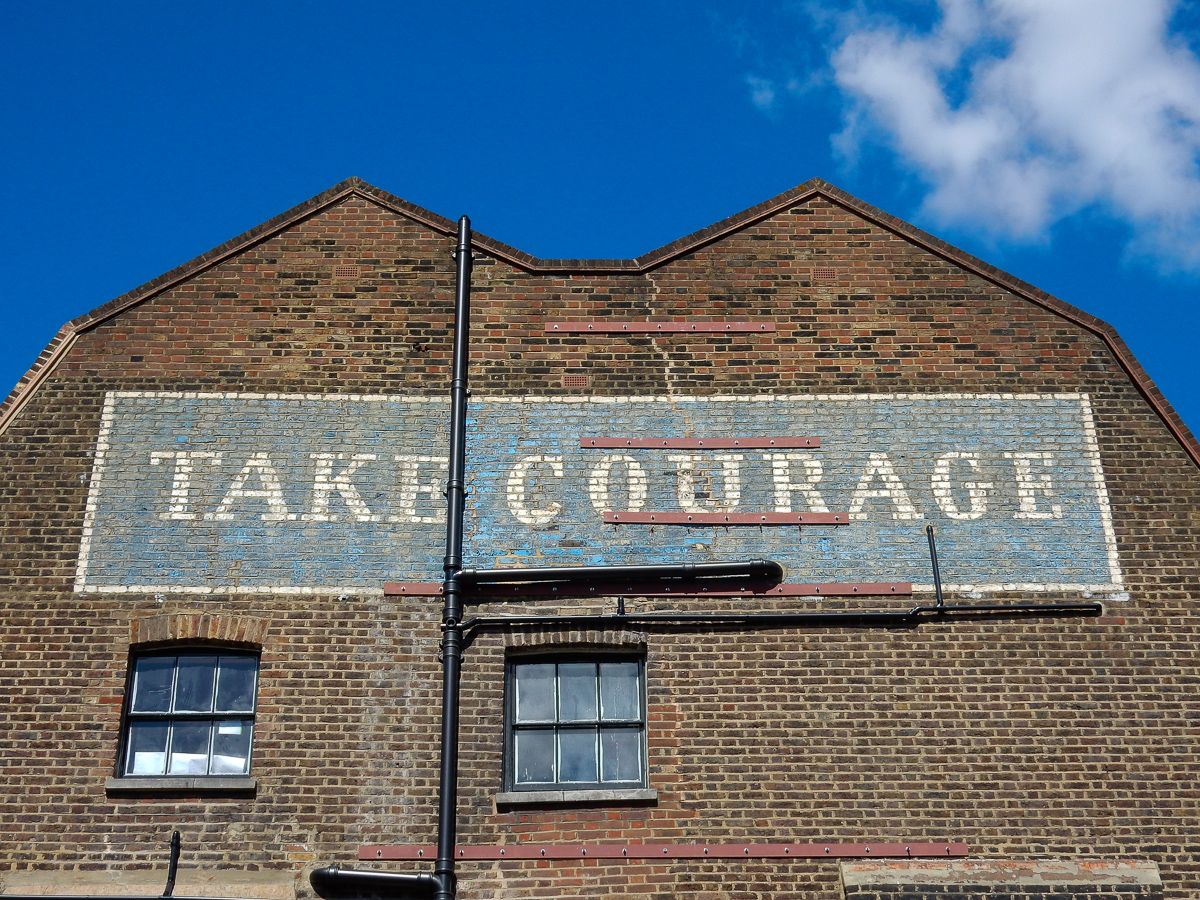
This is one of London’s best-known ghost signs, endlessly ‘discovered’ and photographed by locals and visitors alike. It is located at the former entrance to the Anchor Brewery, established in 1616 and later taken over by Barclay, Perkins & Co. This building was constructed 1807 to house senior employees, and it’s likely that visitors such as Napoleon and Otto von Bismarck would have passed it on their tours of what was then the world’s largest brewery.
The sign is a symbol of the area’s brewing heritage, which arose partly due to its proximity to the river and goes back as far as the fourteenth century. In Chaucer’s Canterbury Tales, ahead of embarking on their pilgrimage, the Miller says, ‘If the words get muddled in my tale, just put it down to too much Southwark ale.’
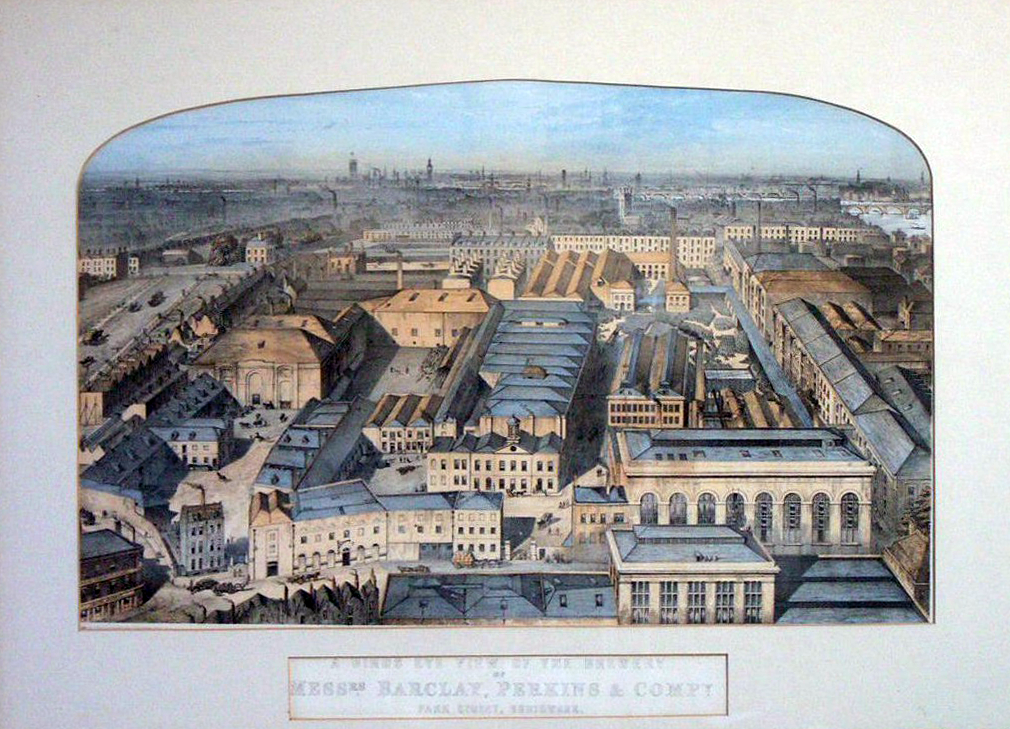
The sign dates to 1955, or soon after, when Courage took over the brewery from Barclay Perkins & Co. It was painted using the brick and mortar lines to set the letter heights, each nine bricks high, with the serifs weighted at one brick high. However, the horizontal spacing is less precise. After painting the constraining border and the first word, the signwriter realised they were going to run out of space and responded by narrowing a number of letters in the second word to make it fit.


Take Courage in Ghost Signs: A London Story.
One reason for this sign’s popularity is the uplifting, rallying cry of its message. The slogan originated during the Second World War and is a play on words, with ‘take’ also intended in the medicinal sense. Associating beer and health in this way echoes popular campaigns such as ‘Guinness is Good for You.’ However, a 2009 attempt to revive the slogan was shut down by the Advertising Standards Authority for suggesting that drinking beer increases confidence.
Renovations were carried out on the building as part of its sale in 2013. These included the addition of supporting beams across the crack that runs vertically through the ‘U’ of Courage. While the sale was protested, with people occupying the building, it eventually fetched £3 million, making it the most expensive Council House (and ghost sign) ever sold.
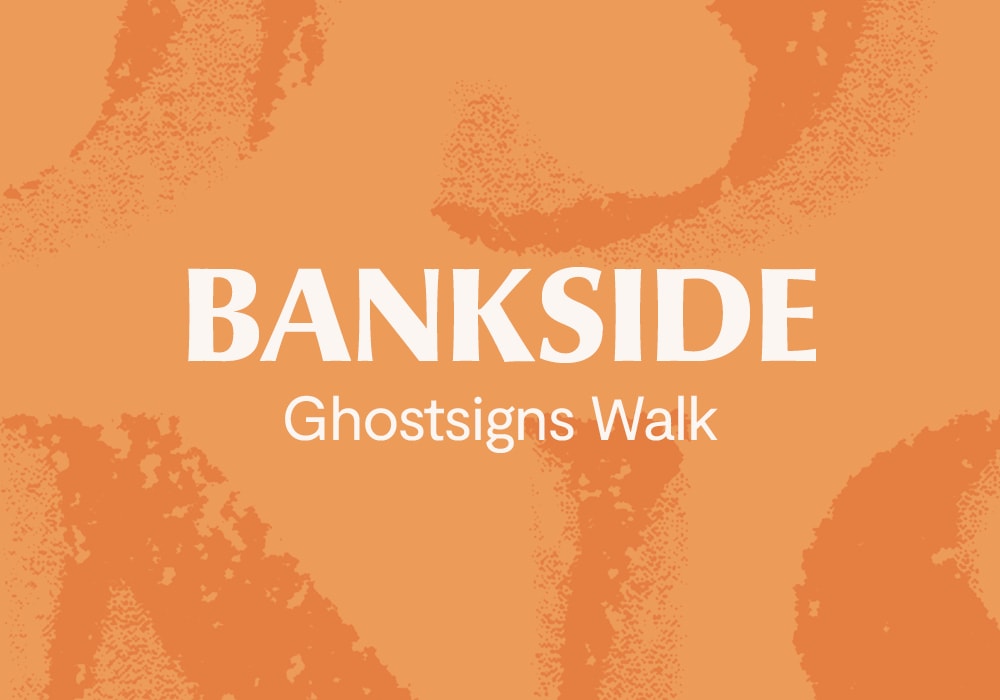
Nestlé | Boro
This is one of the bonus stops on the (free) Clapham Ghostsigns Walk, and is one of my favourite London ghost signs.
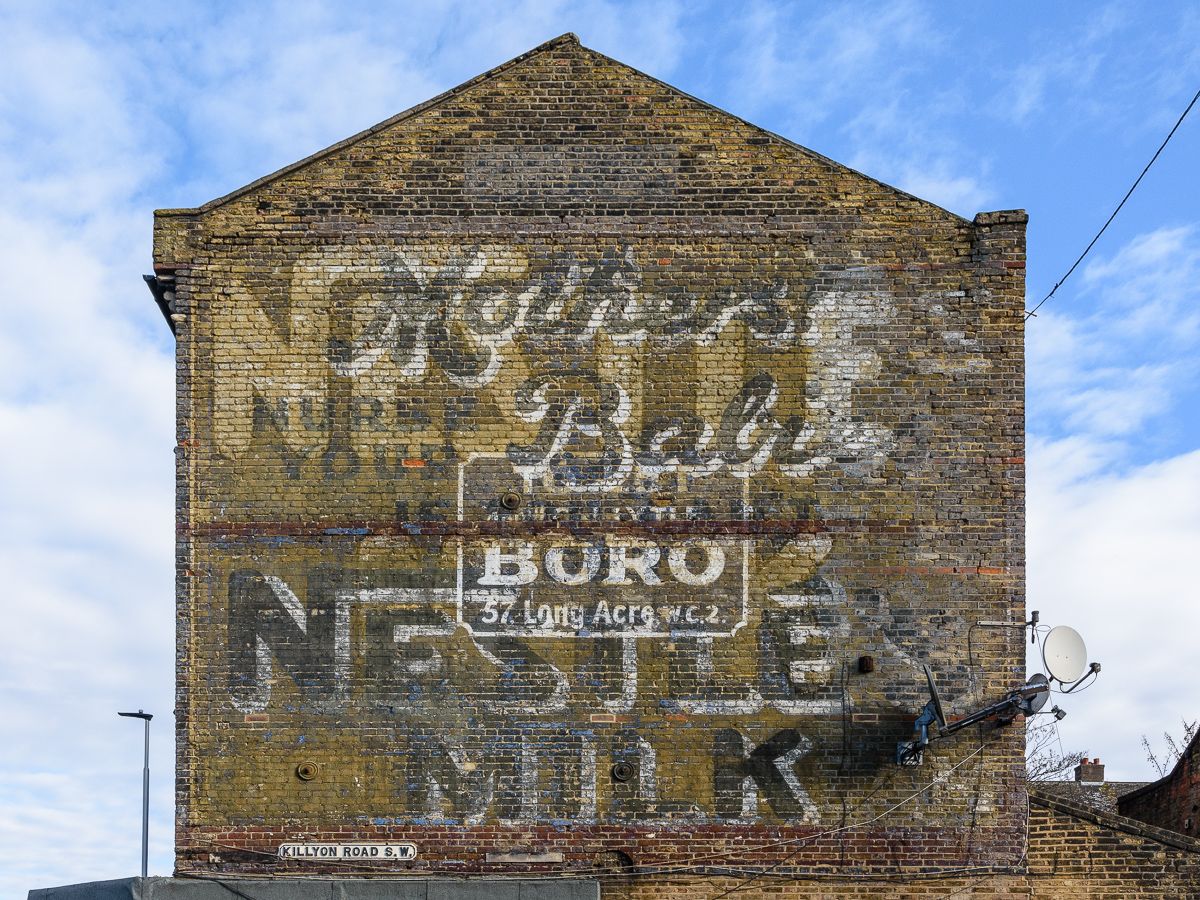
There are two layers of Nestlé signage on this wall, with the slogan on one dating it to the early 1920s. This is noteworthy for its explicit endorsement of breastfeeding – in the 1970s, the company was widely condemned for aggressively marketing its formula to mothers in the developing world.
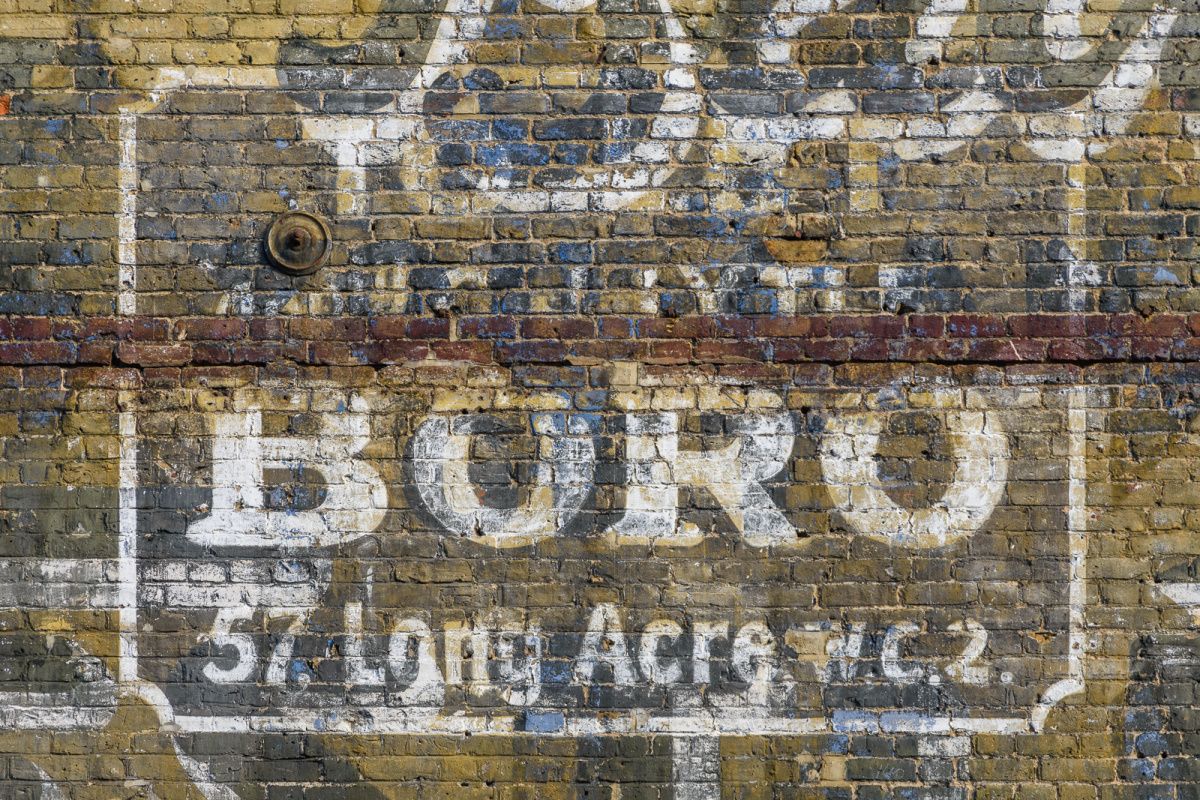
A third sign on the wall, for the billposting company Boro, sought customers to advertise on the wall. They, or a subsequent contractor, later installed billboards on the building, the last of which was removed in around 2015.
At the very top of the wall there is then another trace of Boro's advertising in the form of a very faded panel boasting of their 10,000 advertising sites.
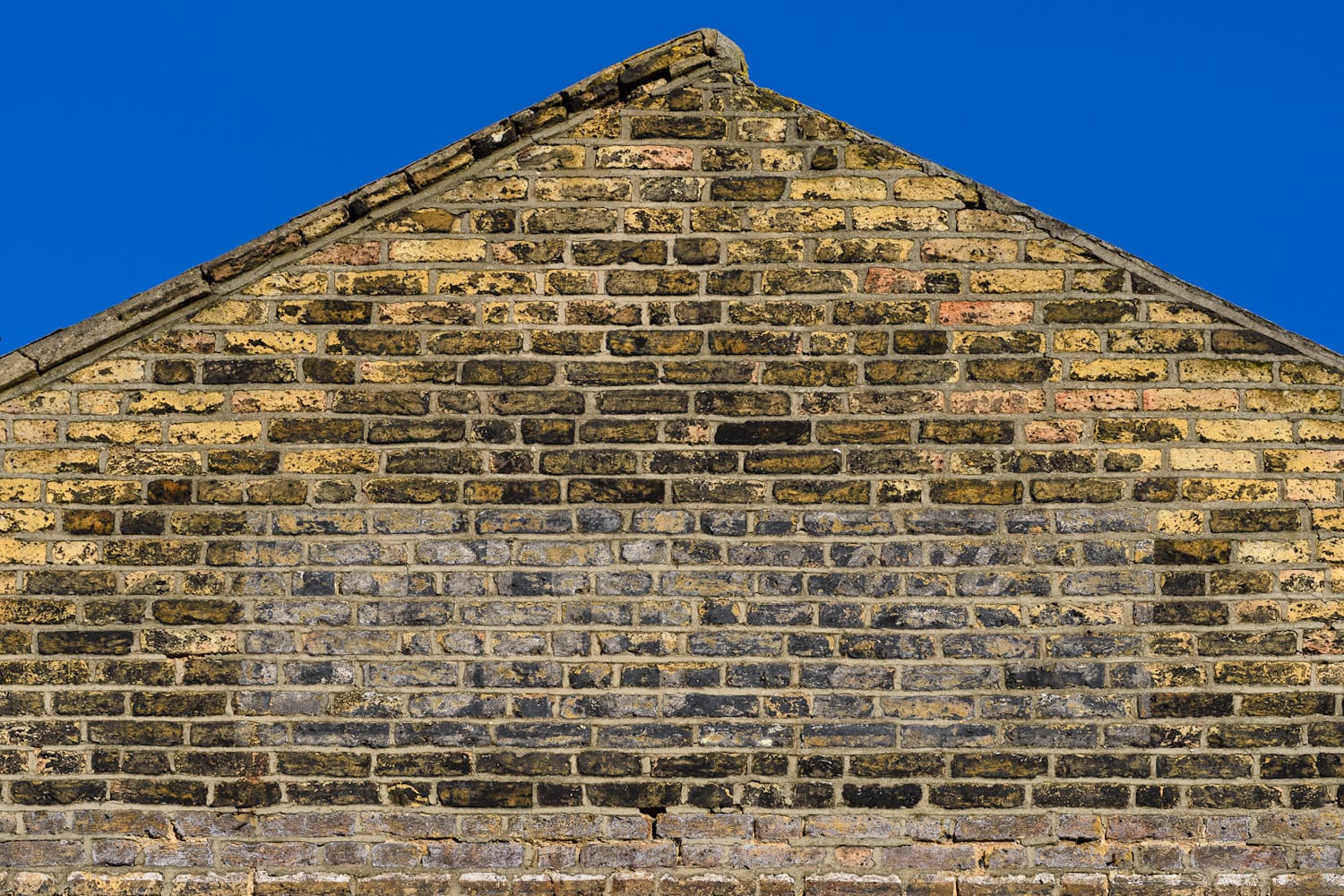
Boro (Borough Billposting Company) was once a major outdoor advertising broker. Their painted details can be found on other London ghost signs and an account of the firm’s history is included in our book, Ghost Signs: A London Story.

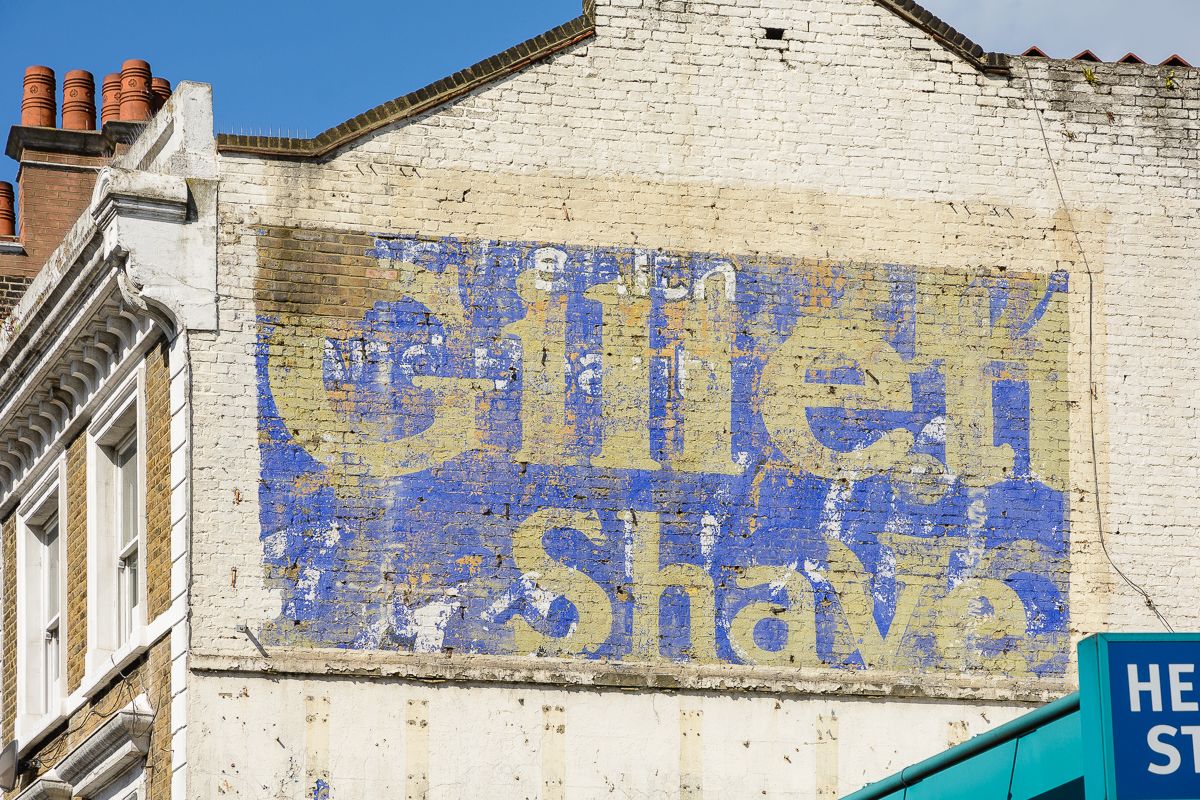
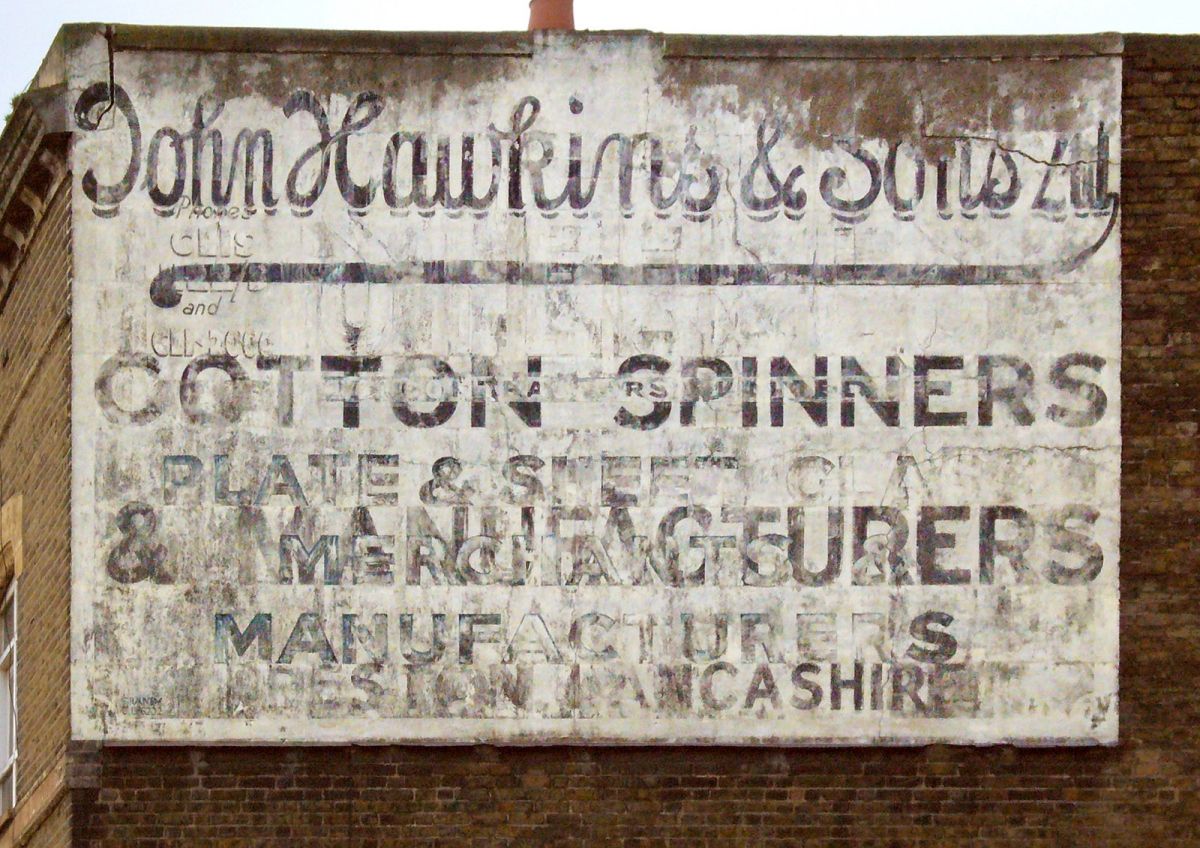
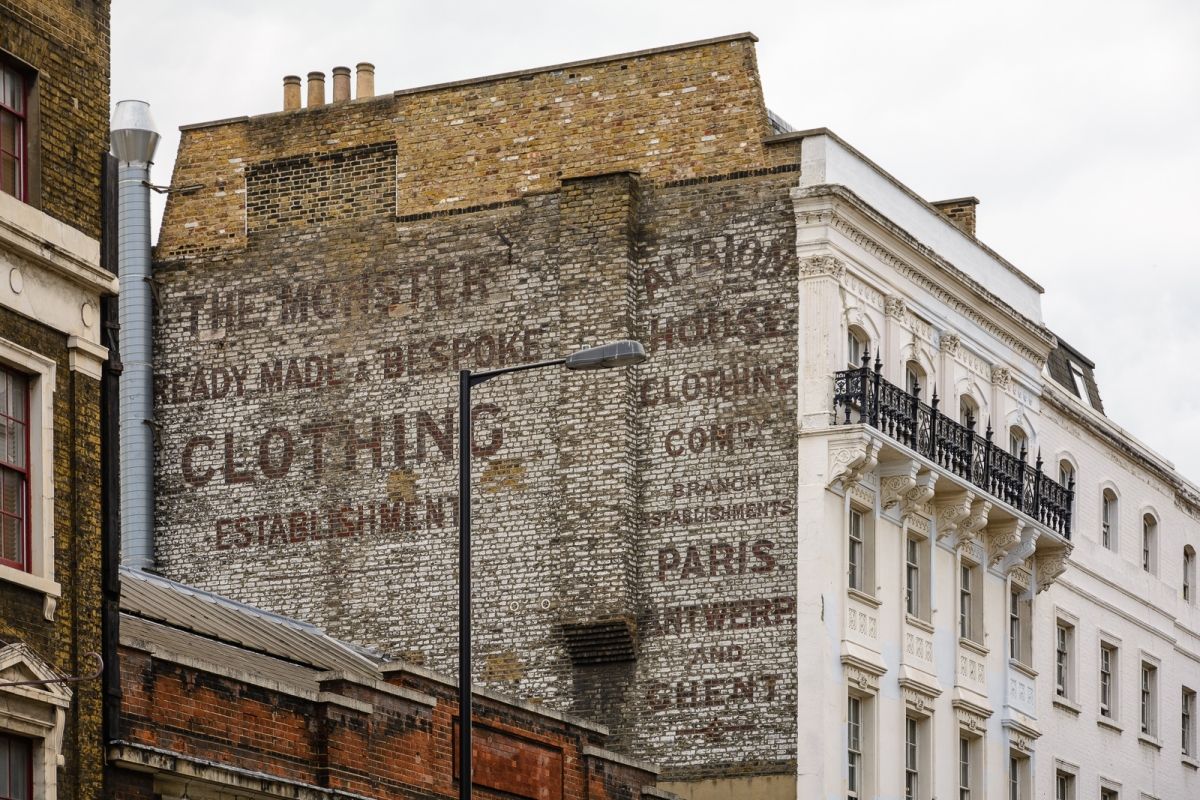
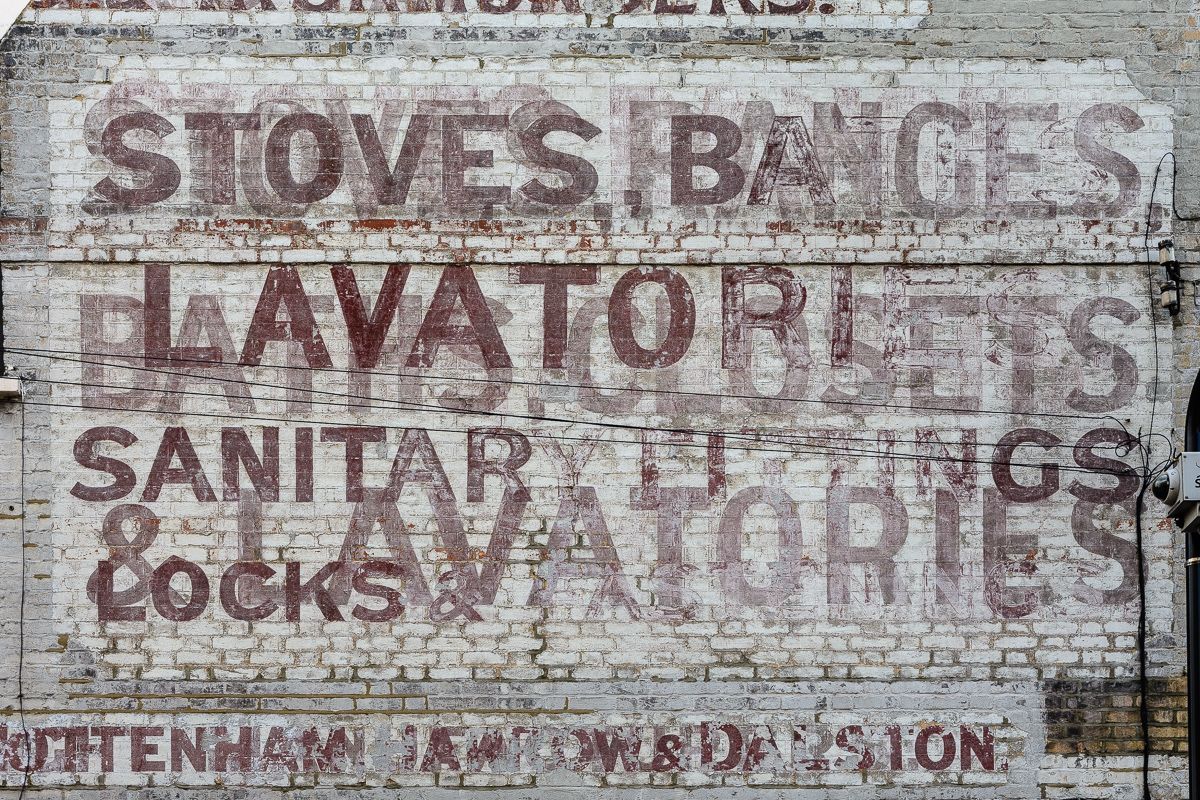
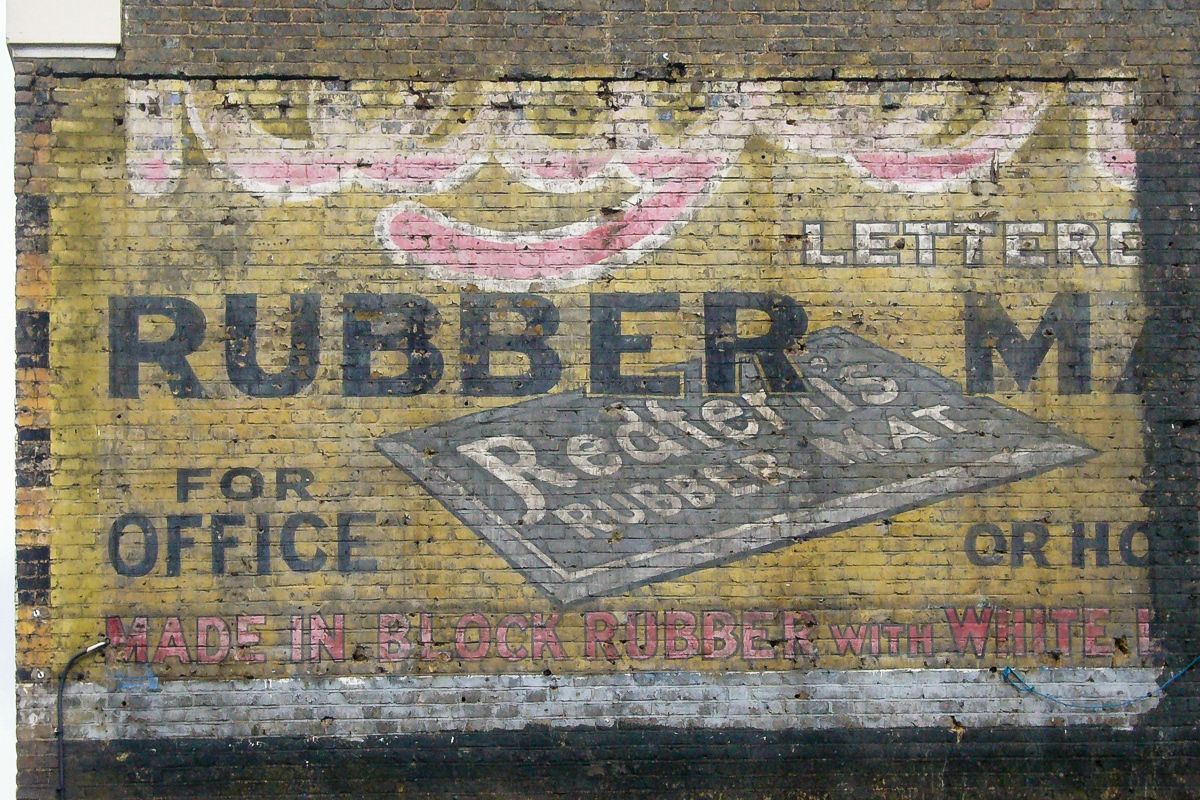
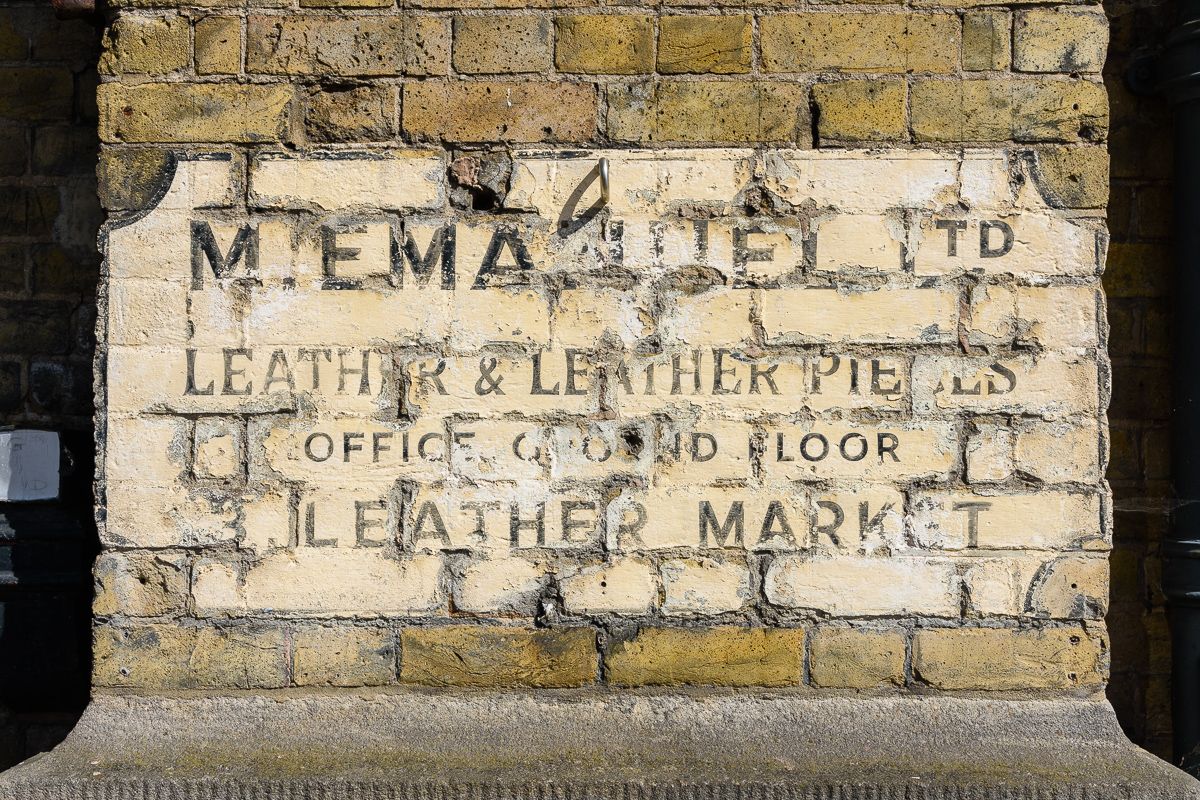
More of the London ghost signs that you can discover and learn about on the Ghostsigns Walking Tours. All photos are by Roy Reed, except John Hawkins & Sons and Redfern's Rubber Mats.
